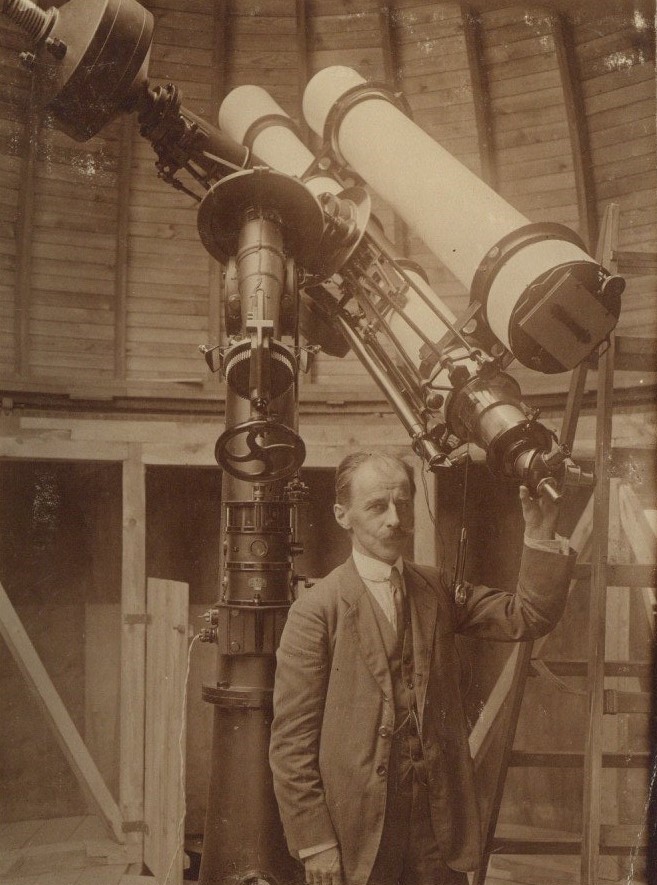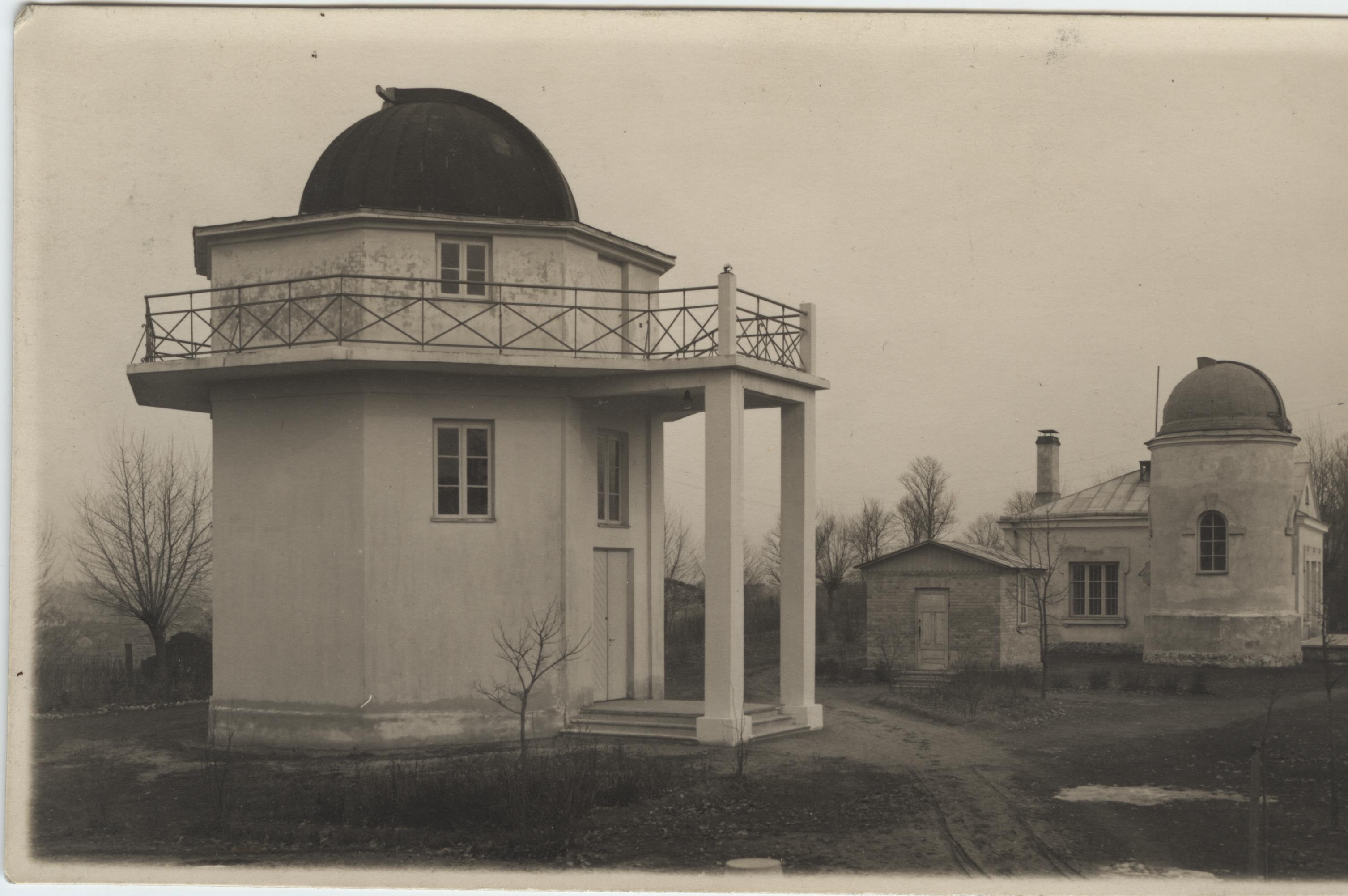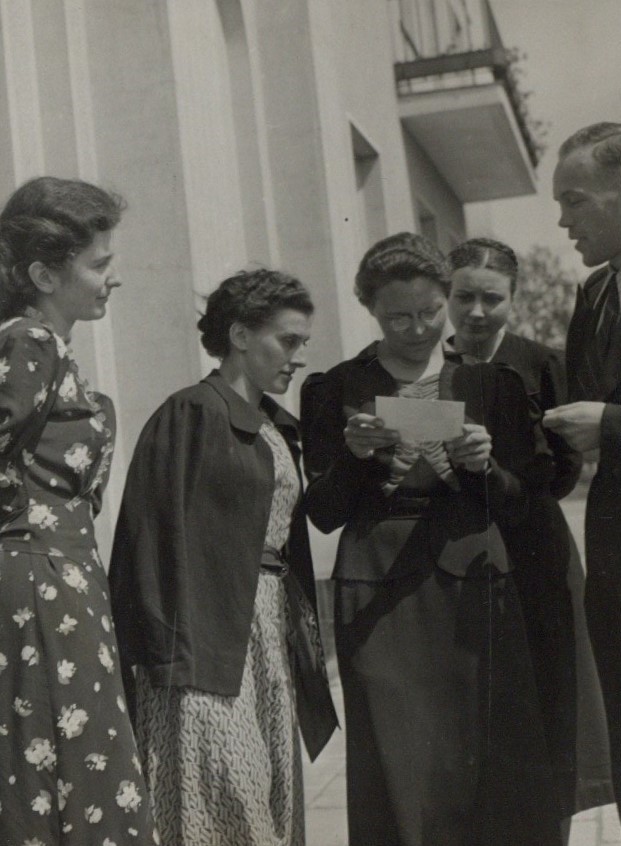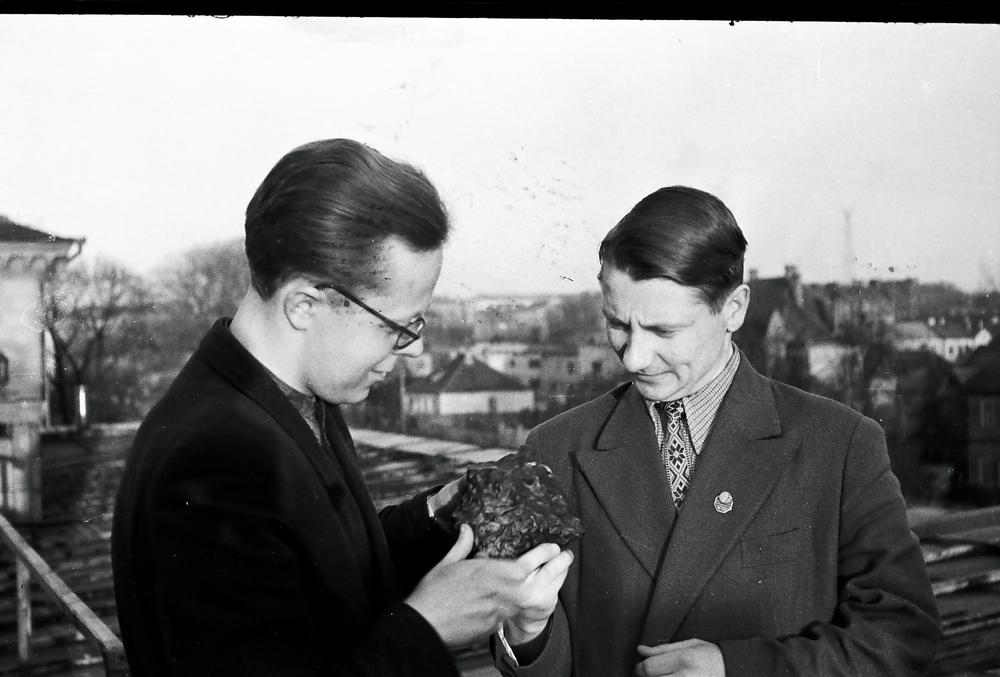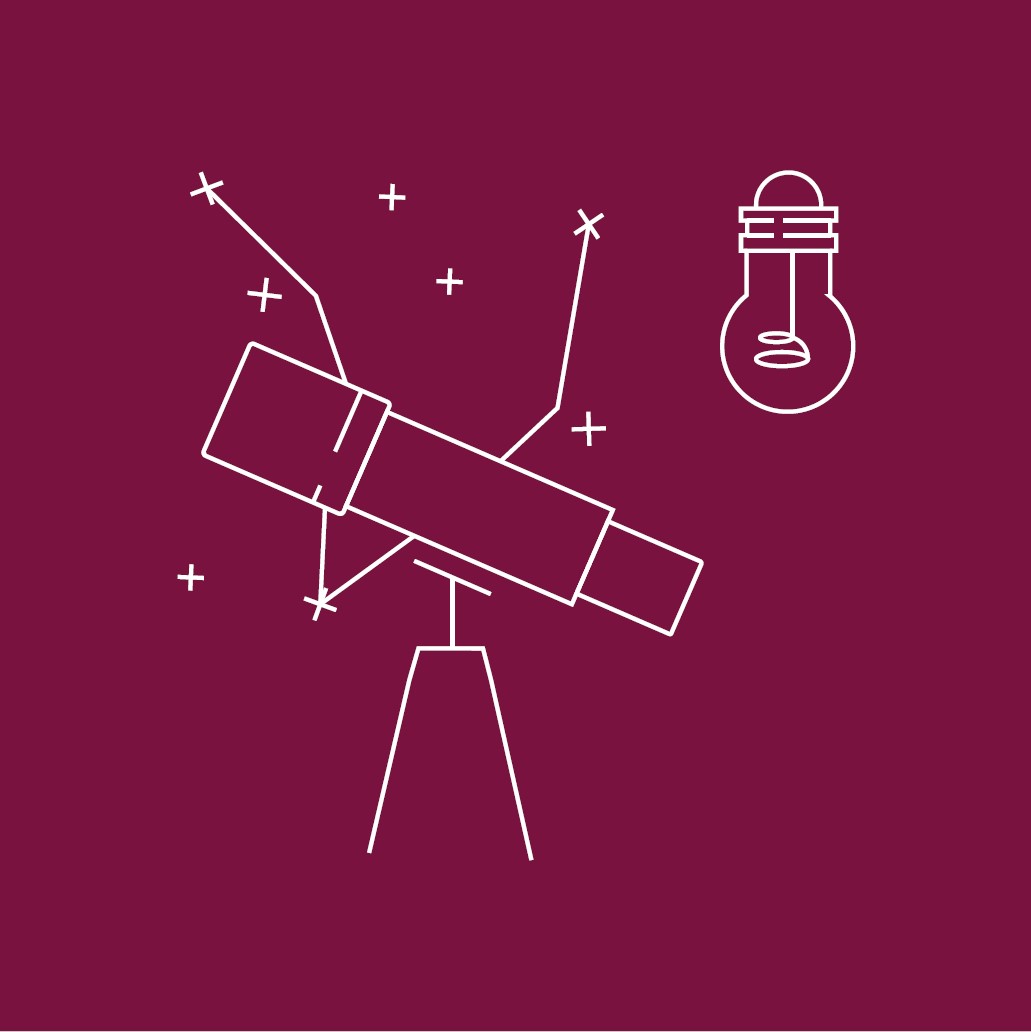
Vilnius University’s Observatory of Ideas is a space for education, leisure, and science communication, located in the unique setting of the historic observatory complex on Čiurlionis Street. Since 2021, it has been curated by the Vilnius University Museum (VUM).
The history of observatories at Vilnius University dates back to the 18th century, when 1753 an astronomical observatory was established in the center of Vilnius – within the Vilnius University ensemble. It was closed during the period of Tsarist oppression in 1883. Observations in the old building were never resumed, and the expanding city of Vilnius, with its lights, forced astronomers to search for more remote locations.
In 1919, when Vilnius University was reopened as the Polish Stefan Batory University, construction of a new observatory was undertaken by astronomer Władysław Dziewulski (1878–1962), who had arrived from Kraków. A new location was chosen on today’s M. K. Čiurlionis Street, which at the time was a suburb of Vilnius. The construction of the new observatory marked a new stage in the science of astronomy in Vilnius.
Observatory director Władysław Dziewulski in the main observatory tower, around 1921–1925. Archive of the Polish Academy of Sciences in Warsaw
The first temporary wooden observatory pavilion was built in 1921 and covered with an astronomical dome 5 meters in diameter. A Carl Zeiss telescope was mounted on a special supporting column. As the observatory’s research expanded, new buildings were constructed alongside it. In 1933, a pavilion with two small towers was completed, and in 1936, the House of Astronomers and Meteorologists was built, intended for the scientists’ residence and work.
The central observatory tower, the meridian circle pavilion, and the pavilion with the western turret, around 1930. Library of Nicolaus Copernicus University in Toruń
Astronomers studied celestial mechanics and observed small celestial bodies: comets, meteors, and the Moon. However, the most significant contribution to astronomy was made through systematic observations and photography of variable stars, as well as statistical studies of spatial motion. Glass photographic plates preserved to this day bear witness to the meticulous work of the astronomers. In the early years of operation, the Vilnius Meteorological Station also functioned alongside the observatory.
One of the most notable figures in its history was Wilhelmina Iwanowska (1905–1999), who began her career here in 1927. She was the first woman to defend a doctoral dissertation in astronomy in Poland and began spectroscopic research on stars in Vilnius.
Wilhelmina Iwanowska (center) with her students, around 1936–1939. Archive of the Polish Academy of Sciences in Warsaw
Since 1921, research has been published in the journal Bulletin de l’Observatoire astronomique de Wilno / Biuletyn Obserwatorjum Astronomicznego w Wilnie (in Lithuanian: Vilniaus astronomijos observatorijos biuletenis – Vilnius Astronomical Observatory Bulletin).
There were several reasons behind the need to publish the observatory’s bulletin. The newly established observatory needed to rapidly develop connections with foreign observatories, exchange publications, and expand its library.
The observatory’s activities were interrupted by the outbreak of World War II. In 1945, some astronomers working at the observatory left for Poland and continued their astronomical research in Toruń. The observatory’s operations were entrusted to astronomer Bernardas Kodatis (1878–1959), who had come from Vytautas Magnus University in Kaunas, and, from 1944, to his student Paulius Slavėnas (1901–1991). During this period, stellar astronomy continued to develop.
Astronomers Vytautas Straižys (1936–2021) and Kazimieras Zdanavičius (1939–2021) created a seven-color photometric system at this observatory, which became known worldwide as the Vilnius Photometric System, enabling the classification of stars.
Astronomers Vytautas Žitkevičius (1933–2025) and Vytautas Straižys holding a meteorite, around 1960–1961. Archive of Danguolė Straižytė
Now curated by the Vilnius University Museum (VUM), the observatory has become a space offering activities tailored for small groups to explore the exact, natural, social, and human sciences, using innovative methods that encourage engagement with science and the creativity behind it in everyday life.
Unlike other science communication venues, the Observatory of Ideas provides opportunities to implement activities that combine art and science, and to discover new processes of idea generation and realization.

